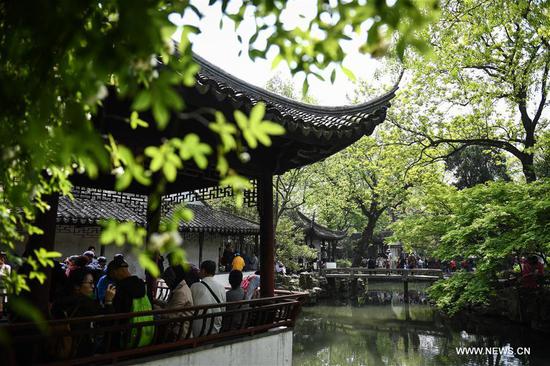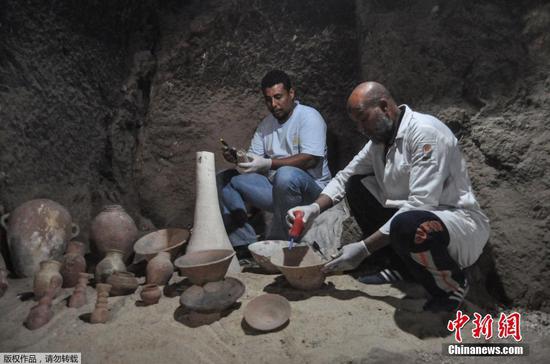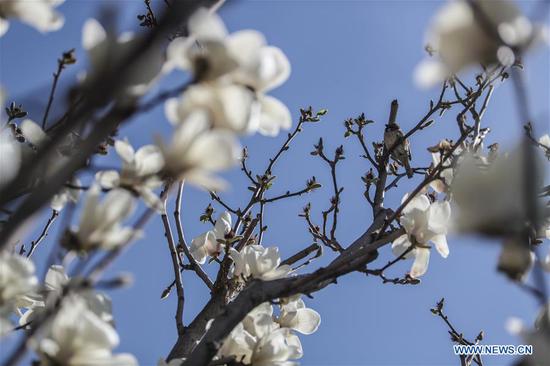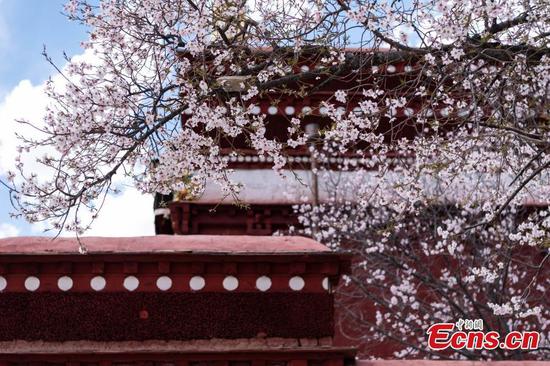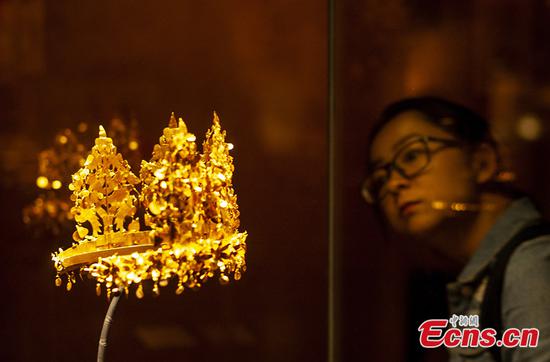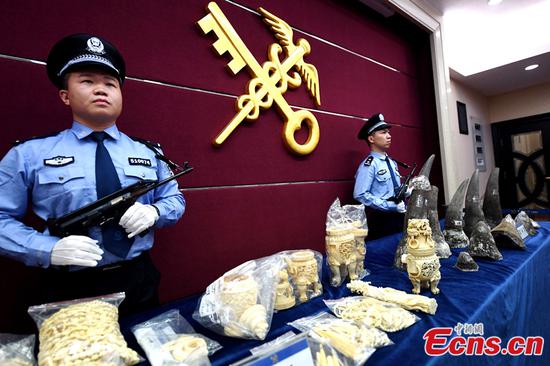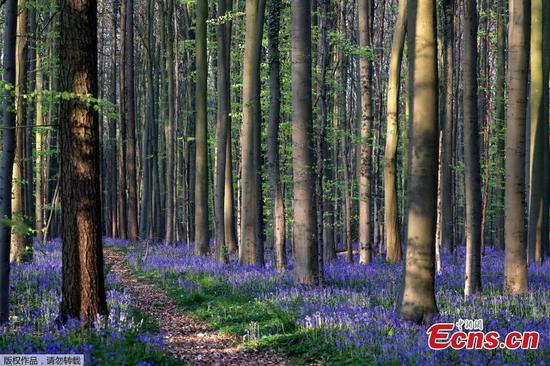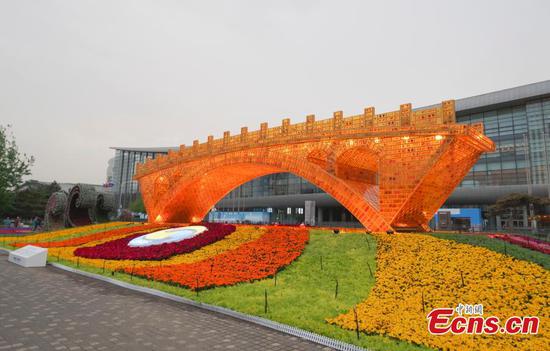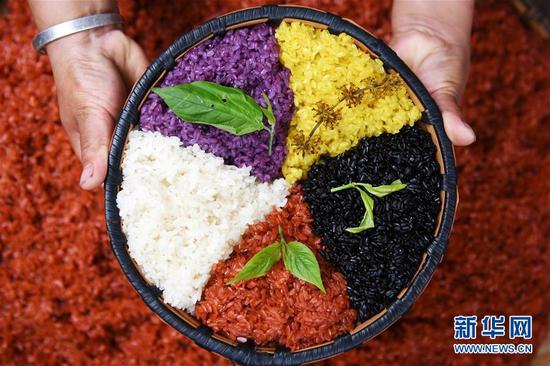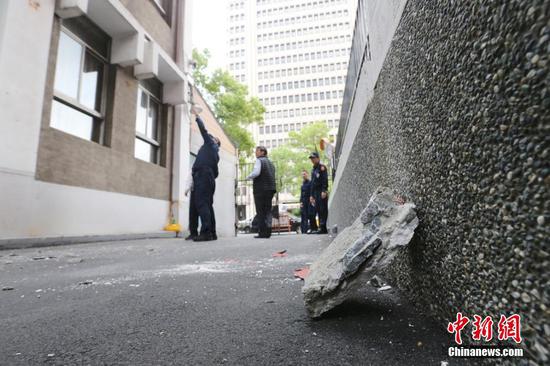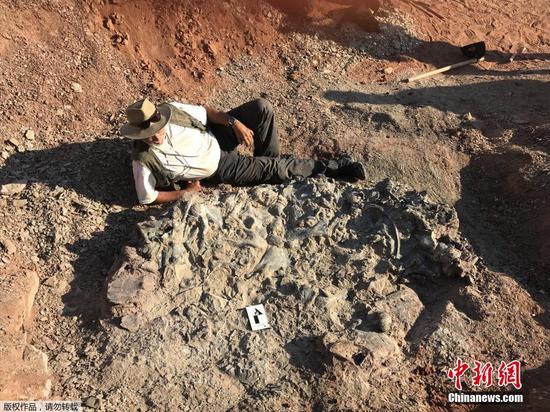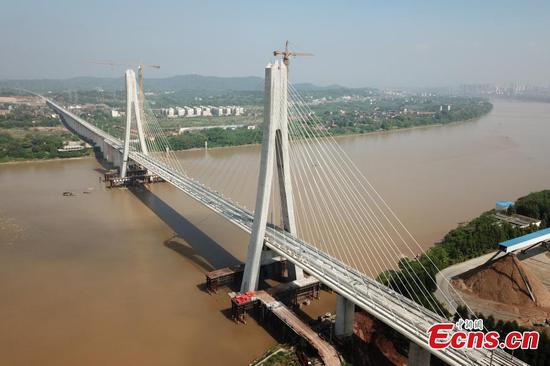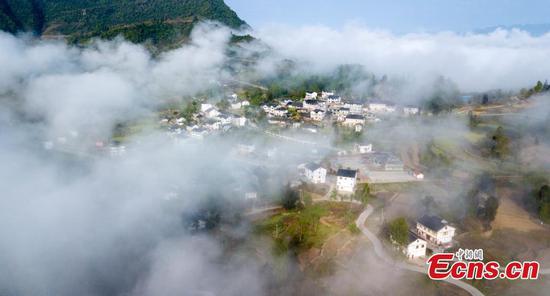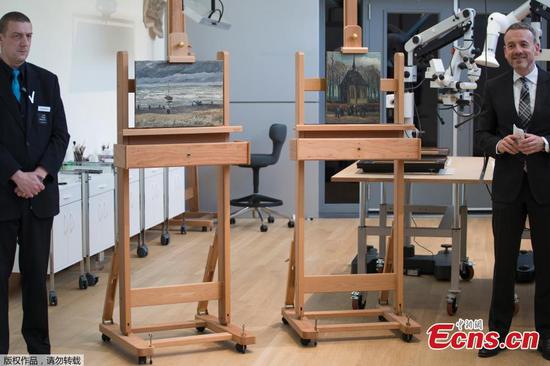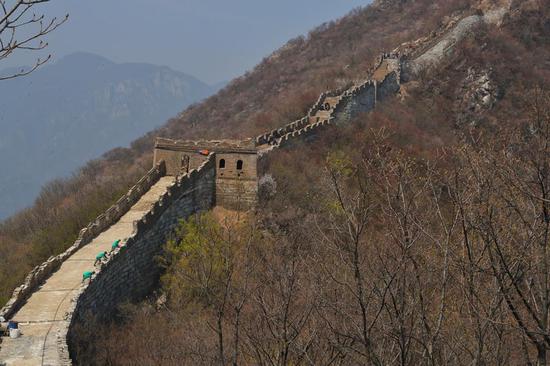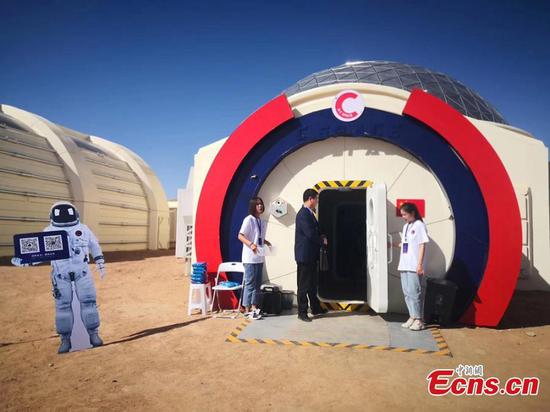Forty-five years ago, people living in the area of Quzhou, in north China's Hebei Province, made money by selling salt. Farmers dug them from the land and extracted it through traditional methods. Improper ways of irrigation and use of fertilizers resulted in a vicious circle, namely saline-alkali land, where nothing could be harvested.
In 1973, a team of seven from China Agriculture University came to Zhang Village located in the center of North China Plain, where the land was flat and the soil was suitable for a variety of crops such as wheat, maize, cotton. However, salt-affected soil resulted in low crop production.

Saline soil in Zhang Village. /China Agriculture University Photo
The team conducted research and worked with local farmers, and reclaimed the salt-affected soil by using fresh water from deep wells for irrigation. They also designed a "Five Drainage Ditches System" to clean the salt.
Things have been changing since the professors from China Agriculture University brought science and technology to this place. The yields of crops in Zhang Village increased from 363 jin (181.5 kilograms) per mu in 1974 to 732 jin (366 kilograms) per mu in 1987.

Quzhou Experimental Station established in 1973. /CGTN Photo
With the help of the staff from the university and the local government, Quzhou Experimental Station was set up for teachers and students to conduct on-land research and experiments to solve local agricultural problems. In 2009, Science and Technology Backyards (STB) were set up in more than 10 villages in Quzhou County. Two to three graduate students live and work in each village, conduct scientific research, and provide face-to-face guidance to local farmers.
"The aim is to efficiently combine academic achievements with farming realities, and at the same time to provide practical ways for students to apply their knowledge with action," said Zhang Hongyan, deputy head of Quzhou Experimental Station, and associate professor at the university's College of Resources and Environmental Sciences.

Students from the university give lessons to the villagers once a week. /China Agriculture University Photo
Qianya Village, 10 kilometers south from Quzhou County, is famous for its standardized grape plantations. "We used to focus on traditional crop plantation, like wheat and corn. In 1982, we turned into cash crops, now grapes are our best seller," said Long Shuyun, secretary of Qianya Village.
In Qianya Village STB, students from the university give lessons to villagers once a week. "They told us how to use water and nitrogen fertilizer, how to choose seeds, and when is the best time to sow or harvest," Long added.
Inspired by the university-village farming system, more than 120 Science and Technology Backyards currently operate in villages across China.
In 2010, Quzhou County nurtured a listed company that focuses on the development and production of natural colors, flavors, essential oils, nutritional and pharmaceutical extracts. The exports of major products like capsicum oleoresin, paprika oleoresin, lutein rank among the top worldwide. Chenguang Biotech Group Co., Ltd, has also developed planting bases for crops such as stevia and artichokes to promote local employment.

Machinery production in the factory. /Chenguang Biotech Group Photo
"The fast development of the company appreciates the hard work of local people, who have been keeping up with the times with the help of innovative technology," Zhou Jing, deputy manager of Chenguang Biotech Group Co., Ltd said.
From 1973, Quzhou County tailored itself with the help of science and technology to local conditions, green agriculture and sustainable development and is on the path to building a more modernized agricultural region.
370km









